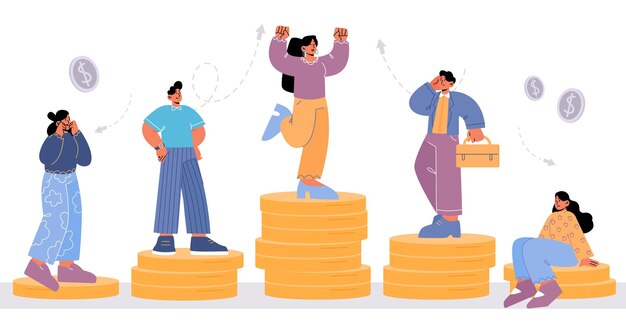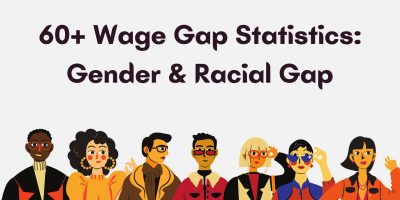
How Returning to the Office is Affecting Women?
Unlock a more inclusive, supportive, and empowering future for women in the workforce.

Minority workers and women have faced systematic inequality for decades. This disparity was recently worsened, reversing any progress due to the economic turmoil caused by COVID-19.
The COVID-19 disruption highlighted the vulnerabilities and disproportionately affected women and people of color, leaving many unemployed. Because of societal norms, women were forced to leave the workforce and take on caretaking roles, making women’s labor participation hit a 33-year low. The wage gap statistics below highlight the inequality and show we are still far from closing the pay gap.
The gender or wage gap refers to the difference in earnings between workers with similar job characteristics based on their gender or race. The pay gap exists in every profession, for every age group, and at every educational level. There has been an enormous amount of evidence and data suggesting that women, especially women of color, consistently earn less than men for no other attainable reason besides gender or race. These differences may seem small but can amount to hundreds of thousands and more over a lifetime of earnings.


The statistics above are just a reminder of the obstacles and barriers women and people of color go through in their careers. By gathering these wage gap statistics, we hope to paint a clearer picture of the racial and gender economic disparity.
Browse our curated list of vendors to find the best solution for your needs.
Subscribe to our newsletter for the latest trends, expert tips, and workplace insights!

Unlock a more inclusive, supportive, and empowering future for women in the workforce.

Uncover wage gap statistics, highlighting the persistent inequality faced by minority workers and women, emphasizing the urgent need for transformative change in the workforce.

Can leaders truly build resilient and trustworthy businesses by integrating ethical considerations into the fabric of their organization?

Can dignity and respect in the workplace become a standard rather than an exception?
Used by most of the top employee benefits consultants in the US, Shortlister is where you can find, research and select HR and benefits vendors for your clients.
Shortlister helps you reach your ideal prospects. Claim your free account to control your message and receive employer, consultant and health plan leads.